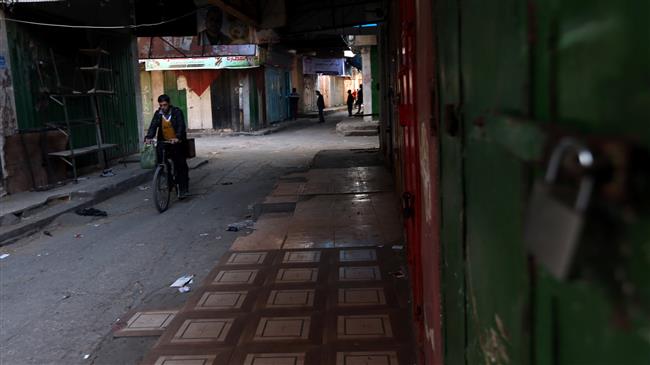
RNA - Khudari, in a statement released on Thursday, announced that 80 percent of the enclave’s residents were living under the poverty line, there were only four hours of electricity a day and that 95 percent of water in the Gaza Strip was not suitable for drinking.
The head of the Popular Committee Against Siege further noted that the unemployment rate among Gazan youths stood at nearly 60 percent, and the per capita income was only two dollars per day.
Khudari pointed out that 1.5 million people in the Gaza Strip were living on aid; and medical facilities in the besieged sliver were struggling with a dwindling supply of medicine.
He stated that some two million people in Gaza were living in the world’s largest open-air prison, calling on Arab and Muslim countries to devote special attention to Gaza's humanitarian issues, come up with effective solutions to the crises of unemployment and poverty and facilitate rapid reconstruction of the Gaza Strip.
The Israeli military frequently bombs the Gaza Strip, with civilians being the main target of such attacks.
According to Press TV, Israel has also launched several wars on the Palestinian coastal sliver, the last of which began in early July 2014. The military aggression, which ended on August 26, 2014, killed nearly 2,200 Palestinians. Over 11,100 others were also wounded in the war.
The Gaza Strip has been under an Israeli siege since June 2007. The blockade has caused a decline in the standards of living as well as unprecedented levels of unemployment and unrelenting poverty.
The Israeli regime denies about 1.8 million people in Gaza their basic rights, such as freedom of movement, jobs with proper wages as well as adequate healthcare and education.
847/940